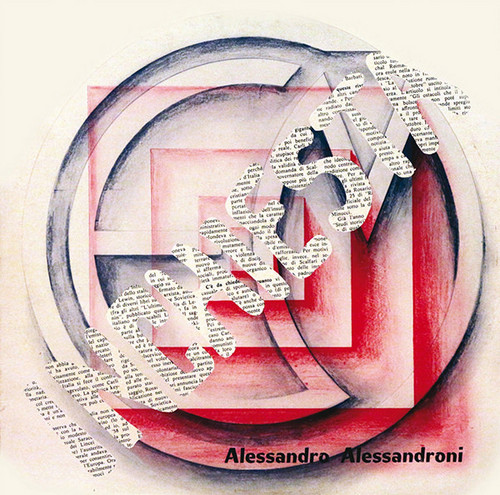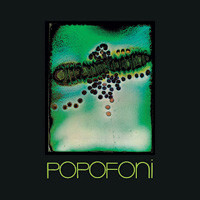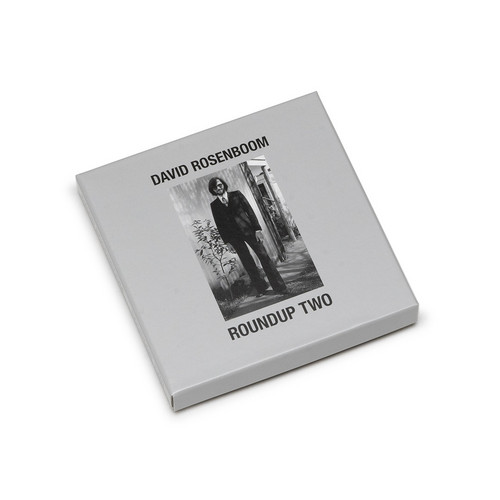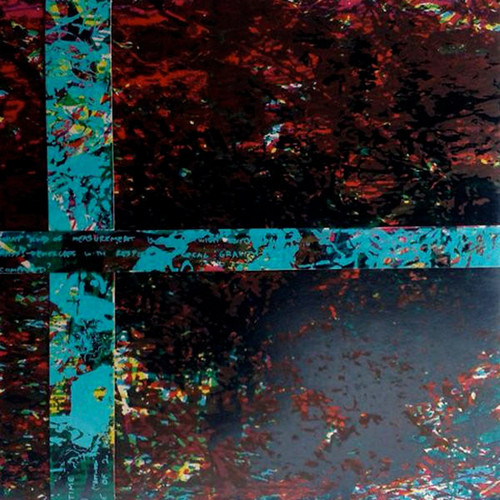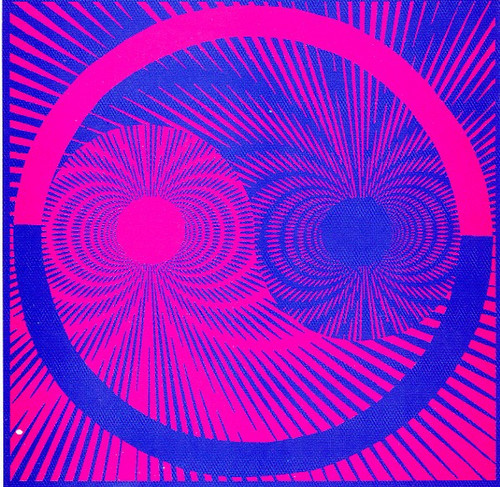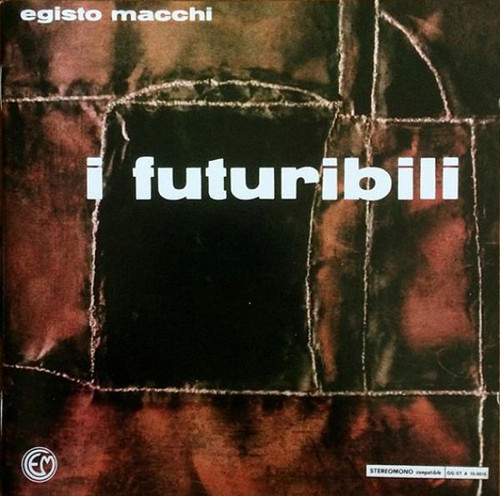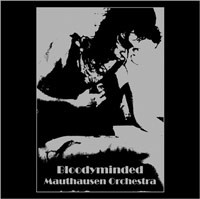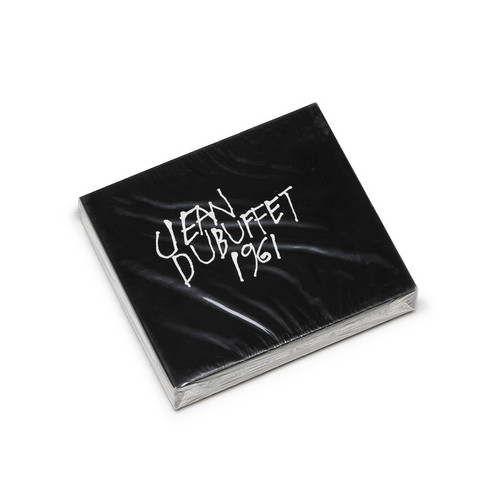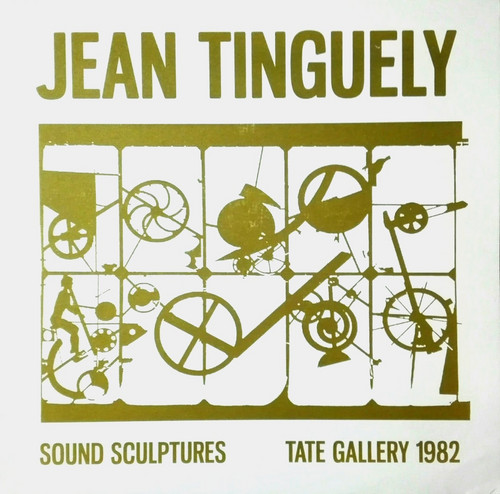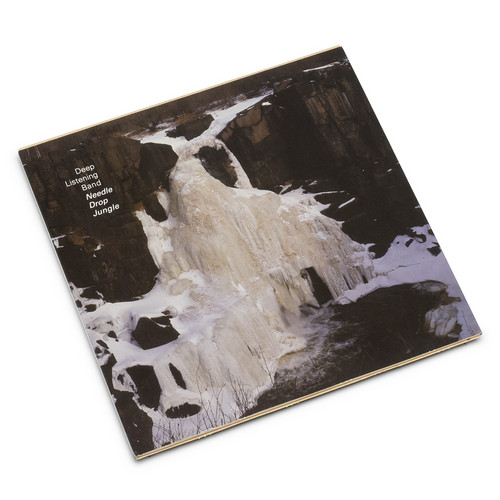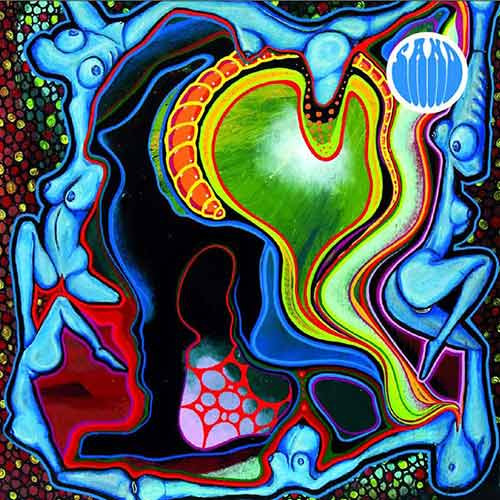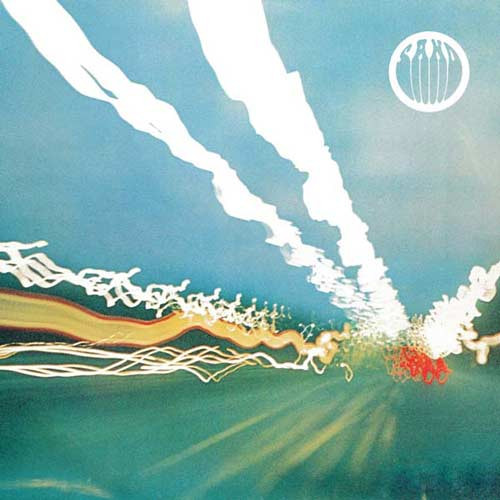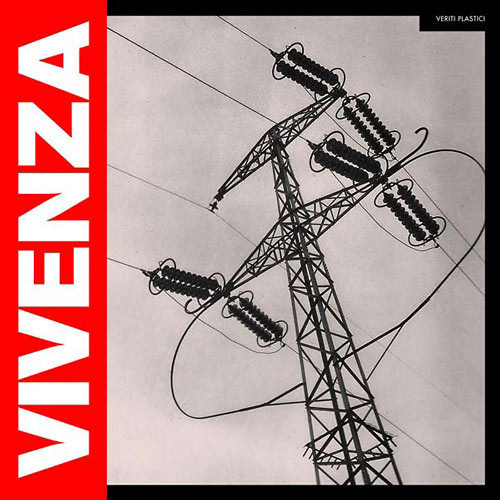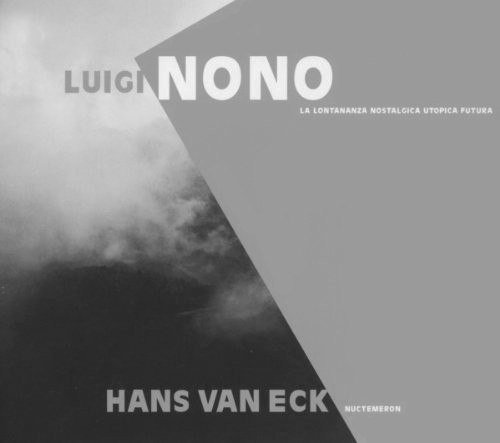Reissues
Inchiesta
The songs which are part of this CD, bear the mark of the great, eclectic Maestro Alessandro Alessandroni. These songs were composed for the broadcast of eight episodes made by RAI -Department of School Education for Adults or D.S.E. - called: “OPEN WINDOW". It was directed and organized by the RAI director Marco Procopio and the included reports related United Europe and the countries that were part of it. Four of these interesting episodes, filmed in Italy, Spain, France and Germany, wer…
Popofoni
This 2LP is a reissue of the holy grail of Norwegian free-jazz and electronic music, Popofoni, released by Sonet in 1973. It features compositions by Arne Nordheim, Terje Rypdal, Kåre Kolberg, Gunnar Sønstevold and Alfred Janson played by an extended Jan Garbarek Quintet. The Popofoni-project was initiated after a heated debate on Haagen Ringnes’ TV-show Åpen Post in autumn 1969, which dealt with the subject popmusic. Standing on one side you found the defenders of pop, actress and sin…
An Accident In Substance
Many years in the making, An Accident In Substance collects all of the 7-inch tracks and a huge number of compilation appearances of Key Ransone's legendary project Small Cruel Party. Like the pungent scent of a campfire or the complex flavor of a good, peaty single malt, Small Cruel Party's mix of environmental sounds, far-off voices, and Cartridge Music-like close manipulation of tiny sounds get into your sinuses, your hair, your jacket, melding into a location-specific surrealist vision …
Old news #8
More archival works from Jim O'Rourke see the light of day on Old News #8. Recorded in 1991-1992. Originally released as part of Disengage by Staalplaat. Special thanks to Geert-Jan Hobijn and Frans de Waard for their years of support. Jeff Cortazzo (trombone), Sue Wolf (cello), Michael Prime (shortwave), Geoff Fontaine (voice), Gretchen Wells, Matt Guerierri, Scott Shell. "Merely" recorded live at DePaul University, 1991 -- Carrie Biolo (percussion). Remastered in 2012, Steamroom Tokyo. This on…
Roundup Two
Restocked. Since the mid-1060s, composer-performer David Rosenboom has developed unique circuitry and software for making musical models of the wondrous natural world come alive. Traversing the raucous and the sublime, Roundup Two presents live performances with vacuum tube analog computers, solid-state manifestations of chaos and harmony, musical interventions on political tunes, virtuoso performers interlinked with hybrid processing, and more. Roundup Two is an essential, historical document c…
Lys
Deluxe presentation of this legendary weirdo experimental side wrapped in a massive fold-out silkscreened poster sleeve with twin obi strips on heavy coloured vinyl in an edition of only 300 copies: originally self-released in 1989, IYS is this amazing group’s masterpiece. Coming out of Seattle in the mid-80s Yeast Culture were a hermetic autonomous arts collective along the lines of Mnemonists/Biota who used field recordings of uncanny resonances, occult soundings, extreme invasive microphone t…
C Tune
Last copies...Henry Flynt is a seasoned tourist of The World Of The Other Ear and C Tune is his ringing, psychedelic meditation on/from the cosmos. Call it a sonic postcard or call it late night head music or even call it ecstatic minimalism if you have to. On this forty seven plus minute foray, our man Flynt takes his electrified fiddle and blends his droning sonic calisthenics with lonesome swing melodies and high decibel screech to the somnambulistic playing of his expat mathematician pal Mr/…
I Futuribili
Egisto Macchi (1928-1992) has long existed in the shadow of his friend and famous collaborator Ennio Morricone. Founding member of the astounding ‘Il Gruppo Di Improvvisazione Nuova Consonanza ' Macchi was a busy film (LSD Inferno, Bandidos, The Assassination Of Trotsky) and TV (E.S.P, many commercials with Mario Bava) composer in late 1960s and 1970s Italy and France. Macchi also cut a number of highly desirable library LPs for the Gemelli, Sermi and other Italian labels in the 1970s. ‘I Futuri…
Bloodyminded
Brutal & harsh tones that cut through the air with manic male agonizing screams moving into a lyrical attack… Bloodyminded, originally released in 1984 on the legendary Aquilifer Sodality in cassette, is the third official reissue of Mauthausen Orchestra on Urashima in Lp. Tracks remastered from the original tape. The record has been pressed on 140 gr black vinyl with black label and black inner sleeve (with inside polyethylene plastic) and comes in a deluxe silver silkscreen on black cardb…
Neuro Habitat
Reissue of the private LP, issued in an edition of 300 copies in 1982 and titled in original Mörder Unter Uns/Neuro Habitat , considered with Regel one of the Maurizio Bianchi's most representative works , Neuro Habitat is finally reissued for the first time in vinyl and remastered under the supervision of the Milanese artist. Side A "Morder Unter Uns" made of puzzled motifs and effects is a dark, sinister mantra to oppressive musical experiences. The piece finishes in an industry of molecular, …
Experiences Musicales (II)
2CD set & a 32-page illustrated booklet with texts by Jean Dubuffet and Ilhan Mimaroglu in English & French. Noisy, pure, crazy, exuberant, yet also focused and inventive. Dubuffet creates an impression of Nrenetically playful improvisation, yet each piece has a strong concept, and even a form."The Musical Experiments of Jean Dubuffet, recorded in 1961, form a set of 20 pieces. They were released the same year as a box containing six 10” Vinyl-Records in an edition of 60 copies. In 1991 nine of …
Sound Sculptures - Tate Gallery 1982
Lovely second release by Austrian Edition Bierammer (after the Joseph Beuys / Nam June Paik 'Coyote III' LP). This time a long-overdue reissue of Jean Tinguely's 'Sound Sculptures' cassette from 1983. Presenting recordings of 13 of Tinguely's kinetic sculptures at the Tate Gallery exhibition in 1982 including a 18 minute piece performed by 'Meta-Harmonie'. Essential document of one of the important artists in this field. Edition of 150 copies with gold on white silkscreen cover.
Ancestral star
Finally reprinted...Returning with a brand new album of arid, dustbowl blues and slow-motion desert-scapes, Evan Caminiti and Jon Porras resume duties as Barn Owl for a third album. Previously this band has tended to court associations with the sound developed by Earth for their Hex album; the overall effect is resolutely bleak and doom-laden, yet not entirely without some grounding in the language of grassroots Americana. Ancestral Star takes the Barn Owl sound to a new level of refinement, spe…
Needle Drop Jungles
** Edition of 200 copies, cut direct to metal and pressed on opaque mustard yellow 200g virgin vinyl. Comes packaged in pocket-flooded doublewide jacket with custom slipcover. ** May 30th, 2012 marked the 80th birthday of American visionary musician Pauline Oliveros. Needle Drop Jungle is a continuation of the celebration. Together with bandmates Stuart Dempster and David Gamper, Oliveros and company churned up a vigorous storm at their January 2011 residency in Seattle, captured on this double …
Sylph Ballet
Previously unreleased album from the '70s by German trio Sand. Still living in the mythical landscapes, Sand not not only created Golem, who was a being of the earth. Something else pulsated with a different energy of oscillation. The invisible beings of the air performed their dances. The Golem was large, mighty and of compact matter. He needed an external spirit to be navigated. Sylph creatures moved with the clouds and the wind -- from gentle breezes to violent storms, always sensitive to the…
Golem
2017 remastered edition, with new standard glossy jacket. Originally released in 1974. German trio Sand's first album, Golem, is a legendary work of cosmic psychedelic genius. There is something magical and inexplicable in creation, and Sand absolutely manifest these mysterious phenomena. Storytellers, musicians, shamans, geniuses -- Sand were known, at the end of the '60s, as P.O.T. (Part of Time). Then Sand -- Ludwig Papenberg, his brother Ulrich Papenberg, and Johannes Vester -- developed a m…
Eyes! China Doll
Each CD will have a coupon to receive a bonus CD of new material once all the solo albums of Edward have been reissued. Includes two unreleased tracks. Edward's second solo full length first appeared as the world was still rubbing ITS eyes from new wave fall-out. Synth pop had, by now, been fully co-opted by the populace at large with Wham, Madonna and Chaka Khan topping the US charts and Dead Or Alive and Paul Hardcastle making a splash across the pond. With Eyes Edward proved a couple t…
Veriti Plastici
Veriti Plastici, the third part of the first works of Vivenza, recorded and completed in 1983, represents a fundamental step in the definitive formalisation of the bruitist sonorous views. Made of very objective industrial atmospheres, this recording will be the bridge between the pure experimental approach, and the rigorous structuring of the works that will be produced later (Fondements Bruitistes - 1984, Réalités Servomécaniques - 1985, Machines - 1985, etc.).
The release of …
La lontananza nostalgica utopica futura / Nuctemeron
Lovely 2xCD digipack + 16 page booklet: CD1 features Luigi Nono's La Lontananza Nostalgica Utopica Futura (1992), an original title, a unique aesthetic metaphor even: one could say that the past reflected in the present [nostalgica] brings about a creative utopia [utopica]; the desire for what is known becomes a vehicle for what will be possible [futura] through the medium of distance. Performed by Tiziana Pintus /violin and Hans Van Eck /sound projection (The Schreck Ensemble).- CD2 features Ha…
Chyekk, China Doll
With two added bonus tracks. "With the help of Nurse With Wound mainman Steven Stapleton on "tapes, piano, and inspiration," Ka-Spel collaborated with multi-instrumentalist Patrick Wright on Chyekk China Doll, a worthy entry in Ka-Spel's lengthy, involved series of solo works. As with most of his solo work, the artist moves sideways from the collapsing, queasy anarchy of the Legendary Pink Dots for a quieter but no less freaky combination. Wright plays a core role throughout, cowriting ne…
